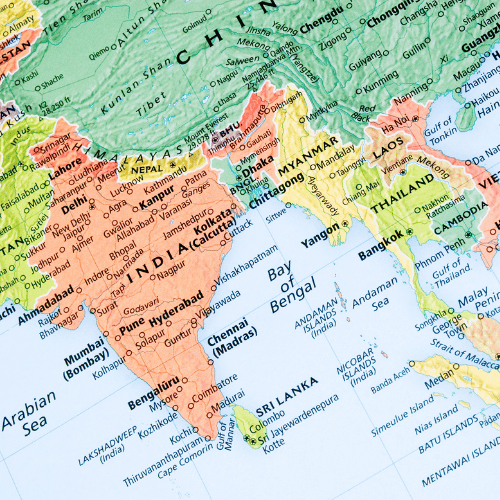It takes a lot of effort to create an environment like the Moon despite Earth’s stronger gravitational pull.
The competition for space exploration is heating up, with major nations concentrating their efforts on establishing a lunar outpost to aid operations beyond the International Space Station (ISS). China is not far behind the United States in realigning its strategy to return humanity to the Moon. Its scientists have built an “artificial moon” on Earth to test low-gravity technology and equipment. The laboratory, which is located in eastern Jiangsu province, is intended to provide crucial research for China’s lunar missions. It is expected to be released soon, though no exact date has been set.
The Moon’s gravitational attraction is one-sixth that of the Earth. Developing that environment here, despite Earth’s greater gravitational pull, is substantial and might enhance lunar exploration by a factor of ten. NASA is currently training astronauts on how to manage themselves in microgravity during parabolic flights.
The Chinese facility is reported to be capable of simulating low-gravity situations for an extended period of time. This would reduce China’s reliance on parabolic flights for training and low-gravity conditions for testing new rovers and technology. “While low gravity may be attained in an aircraft or a drop tower, it is just temporary,” China University of Mining and Technology principal scientist Li Ruilin told the South China Morning Post. According to Li, the simulator they’re working on can give low-cost training.
To generate an environment similar to the lunar surface, the simulator will be filled with rocks and dust. One issue with the Chinese “moon” is its size. There isn’t much room for a manoeuvre because the simulator is only about two feet in diameter. This facility is only for equipment testing and not for astronaut training.
Scientists working on the project claim that their model is based on Andre Geim’s 1997 experiment. The Russian-born researcher used magnets to levitate a frog, demonstrating that repulsion may balance gravity when a diamagnetic item is placed in a strong magnetic field.















